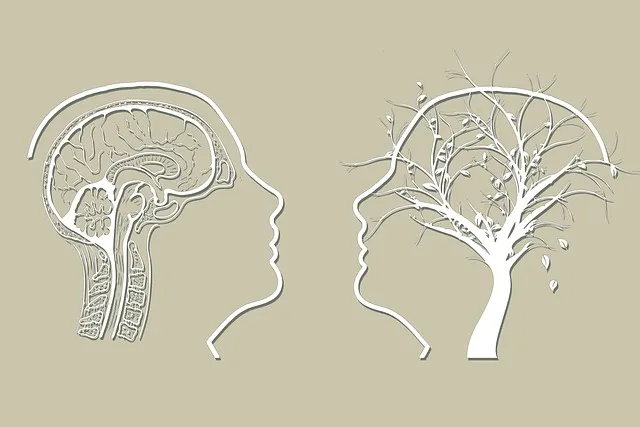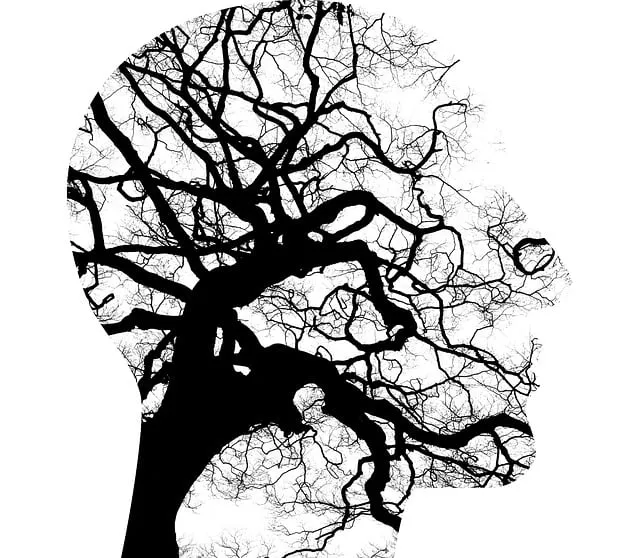Kaiser Permanente behavioral health services in Greenwood Village adopt a holistic approach to mental health care. They go beyond checklist risk assessment, integrating Emotional Well-being Promotion, Confidence Boosting, and Empathy Building techniques into care plans. This method enhances patient outcomes by addressing individual needs and circumstances. The organization also prioritizes employee well-being through tailored training, peer support, and regular check-ins to combat burnout, benefiting both staff and patients.
Mental health professionals face unique risks in their daily practice, demanding a comprehensive risk assessment strategy. This article explores these challenges, offering insights into understanding and mitigating potential hazards. We present a case study of Kaiser Permanente Behavioral Health Services, highlighting their approach to managing risks. Furthermore, we discuss successful strategies employed by Greenwood Village, providing valuable lessons for enhancing safety in clinical settings. By examining these real-world examples, we aim to equip mental health professionals with tools to navigate risks effectively.
- Understanding Mental Health Risks in Clinical Practice
- Kaiser Permanente Behavioral Health Services: A Case Study
- Strategies for Mitigating Risks: Greenwood Village Experience
Understanding Mental Health Risks in Clinical Practice

Mental health professionals are tasked with understanding and mitigating risks within their clinical practice, ensuring patient safety and well-being. This involves a nuanced grasp of the complex emotional landscapes their clients navigate. At Kaiser Permanente behavioral health services in Greenwood Village, for instance, risk assessment is not just a checklist exercise but an ongoing dialogue that considers individual circumstances. Professionals here are trained to recognize subtle cues, assess vulnerability, and tailor interventions accordingly.
By integrating Emotional Well-being Promotion Techniques and Confidence Boosting strategies within their care plans, mental health professionals can foster resilience and build Empathy Building Strategies into routine interactions. This proactive approach not only enhances patient outcomes but also underscores the importance of a holistic view in risk assessment, treating each individual with unique needs and experiences.
Kaiser Permanente Behavioral Health Services: A Case Study

Kaiser Permanente Behavioral Health Services, located in Greenwood Village, serves as a standout case study for comprehensive mental health care and risk assessment practices. This healthcare provider has implemented innovative strategies to address the unique challenges faced by mental health professionals, focusing on depression prevention and empathy-building techniques. By prioritizing employee well-being, Kaiser Permanente aims to mitigate burnout—a prevalent issue within the healthcare sector.
The organization’s approach involves tailored interventions, including advanced training programs, peer support networks, and regular check-ins to foster an environment that encourages open dialogue about mental health concerns. These initiatives not only enhance self-care practices but also improve patient outcomes by ensuring providers are emotionally equipped to deliver quality care. This case study highlights the importance of proactive risk assessment and sustainable burnout prevention strategies for healthcare providers in today’s demanding work environments.
Strategies for Mitigating Risks: Greenwood Village Experience

Mental health professionals, much like their patients, face unique challenges that can expose them to various risks. At Kaiser Permanente behavioral health services Greenwood Village, we understand the importance of addressing these issues proactively. Our comprehensive risk assessment strategies are designed to ensure the well-being and resilience of our healthcare providers, fostering a supportive environment where they can deliver optimal care.
One effective approach involves incorporating evidence-based practices such as Anxiety Relief techniques, Stress Management programs, and Mindfulness Meditation into our routine clinical workflows. These tools empower professionals to manage their own mental health, enhancing their ability to connect with and support patients on a deeper level. By prioritizing self-care, we create a sustainable work environment that minimizes burnout and promotes long-term career satisfaction.
Mental health professionals face unique risks in their practice, but by understanding these challenges and implementing effective strategies, they can create safer working environments. The case study of Kaiser Permanente Behavioral Health Services and the experiences at Greenwood Village highlight the importance of comprehensive risk assessment and mitigation. Through tailored interventions and a supportive culture, mental health organizations can foster resilience and ensure the well-being of their professionals, ultimately enhancing patient care and service delivery.






